While many of us are familiar with iconic UNESCO World Heritage Sites like the Pyramids of Giza or the Great Wall of China, the list of UNESCO-protected places is vast and filled with less-known treasures waiting to be explored. These hidden gems offer unique glimpses into the world’s cultural and natural heritage, often nestled in unexpected corners of the globe. This article takes you on a journey to ten extraordinary sites that you might not have heard of but are sure to captivate and inspire you.
Rapa Nui National Park, Chile
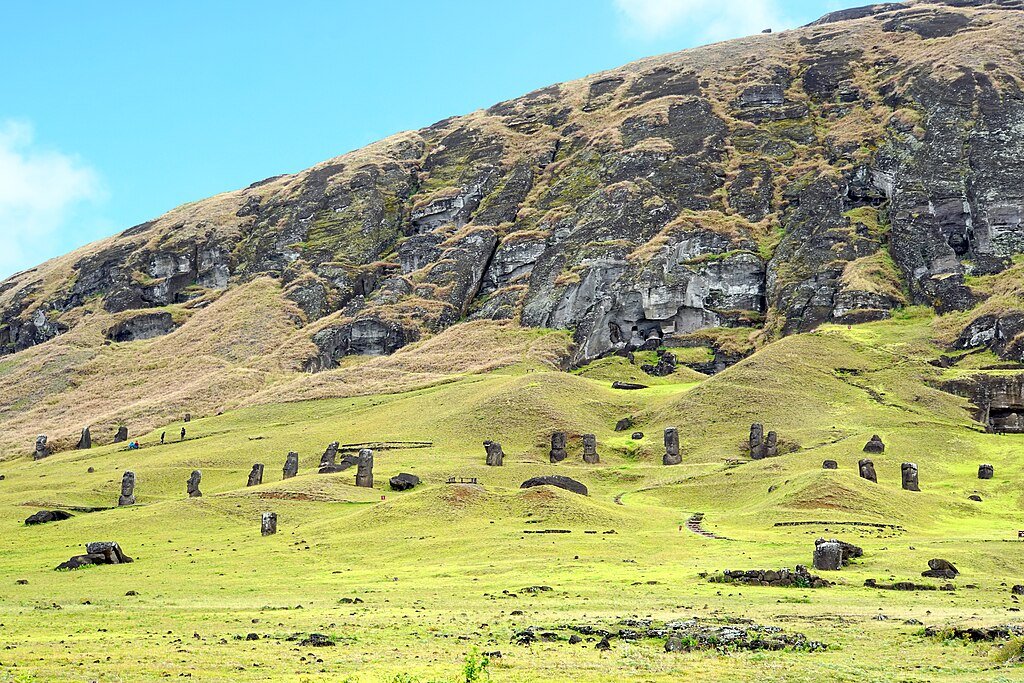
Rapa Nui National Park, located on Easter Island, is best known for its impressive moai statues. These monolithic human figures were carved by the Rapa Nui people between 1250 and 1500 CE. While the park is remote, lying in the southeastern Pacific Ocean, its cultural heritage speaks volumes about the island’s mysterious past. Beyond the enigmatic statues, the island’s volcanic craters, caves, and sandy beaches offer diverse attractions for adventurous tourists.
Wadi Rum Protected Area, Jordan
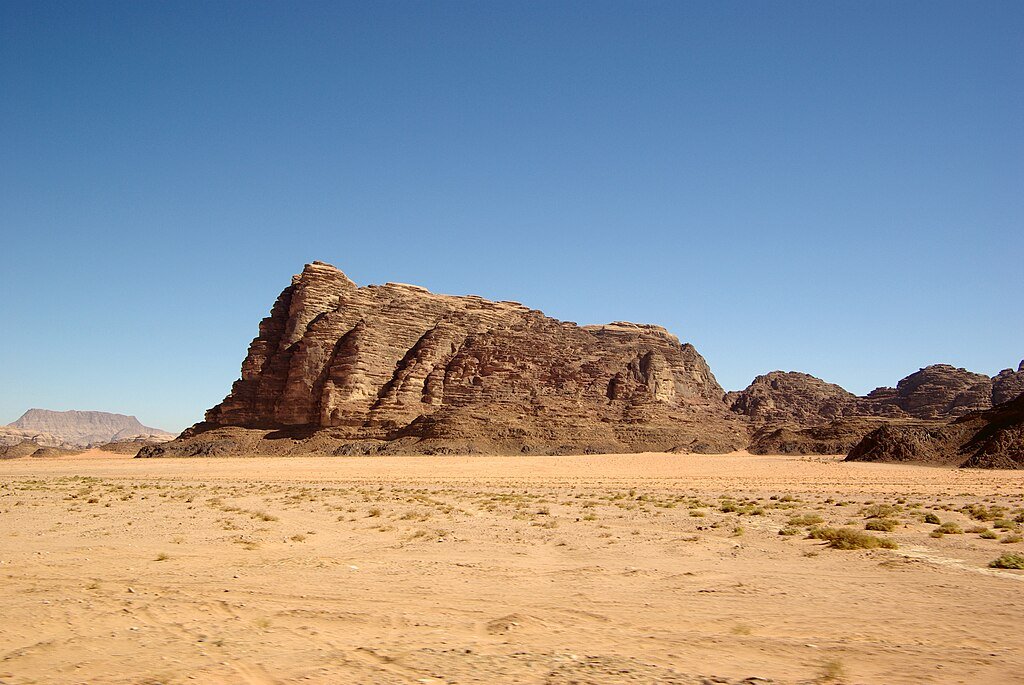
Nicknamed the “Valley of the Moon,” Wadi Rum is a breathtaking protected area in southern Jordan. This desert landscape is known for its towering sandstone mountains, narrow gorges, and ancient rock inscriptions dating back to pre-Islamic times. Used as a backdrop for numerous films, Wadi Rum’s stunning natural beauty and cultural significance make it a must-visit location for travelers interested in history and nature.
Tsodilo, Botswana
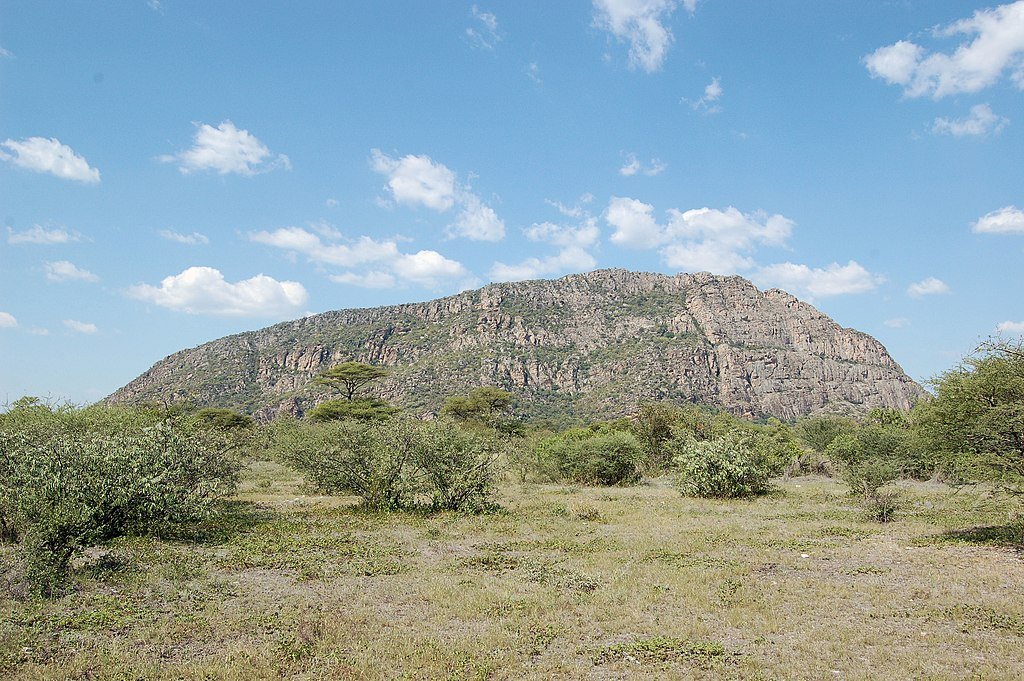
Often referred to as the “Louvre of the Desert,” Tsodilo in Botswana is a sacred site with over 4,500 ancient rock paintings. These artworks, created over thousands of years, reflect the spiritual and cultural beliefs of the San people and other early inhabitants of the region. The dramatic landscape, comprising four main hills, also adds to Tsodilo’s enigmatic allure, making it a unique destination for those interested in archaeology and anthropology.
Socotra Archipelago, Yemen

The Socotra Archipelago is an isolated treasure in the northwest Indian Ocean, renowned for its extraordinary biodiversity. Approximately one-third of its plant species are endemic, including the distinctive Dragon’s Blood Tree. The archipelago’s remarkable flora and fauna, alongside its pristine beaches, make Socotra a paradise for nature lovers and those seeking to explore life’s lesser-known mysteries.
Laponian Area, Sweden
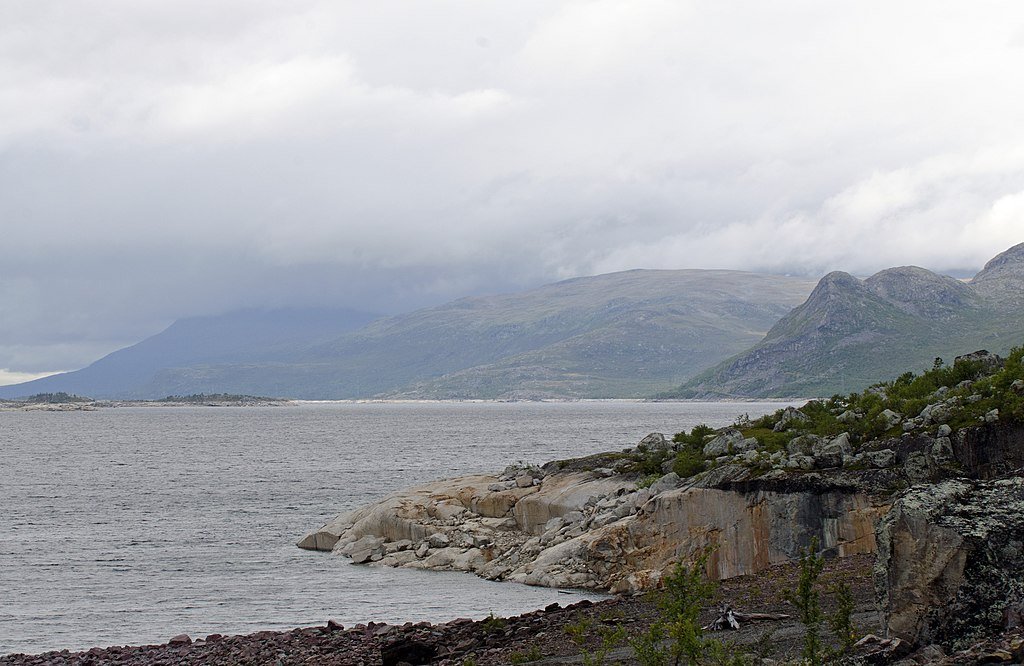
Covering nearly 10,000 square kilometers, the Laponian Area in Sweden is one of the largest areas of untouched wilderness in Europe. This site offers a unique blend of cultural and natural heritage. It is home to the Sámi people, one of the world’s only indigenous Arctic cultures, who have maintained their traditional nomadic reindeer herding lifestyle. Visitors can experience the stunning landscapes of forests, mountains, and wetlands while learning about the Sámi way of life.
Rock Art of Alta, Norway
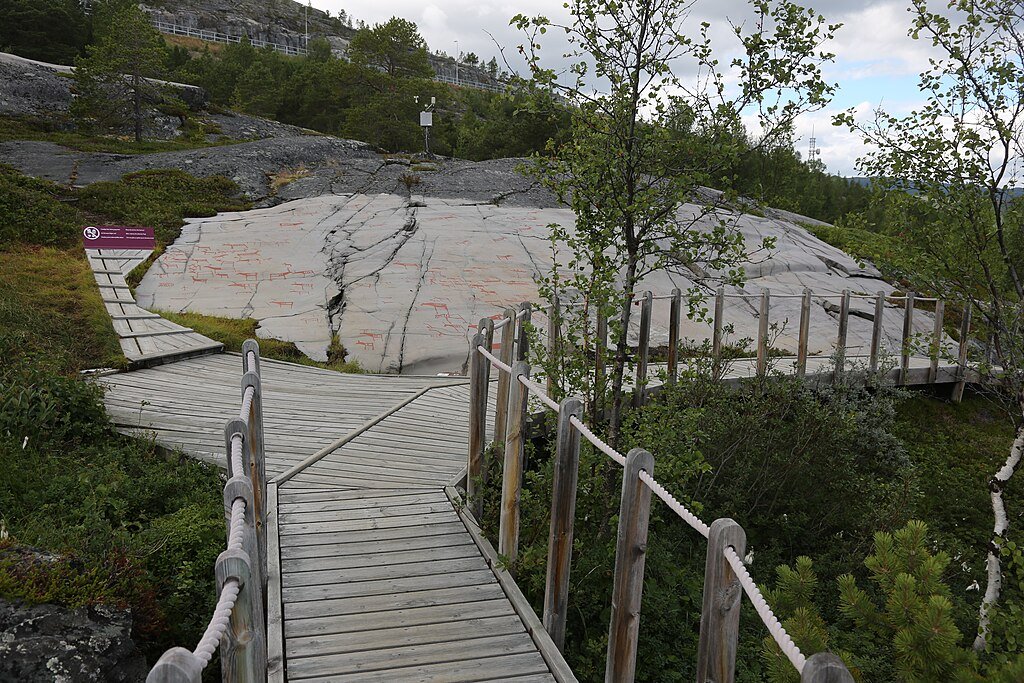
The rock carvings of Alta in Norway present a fascinating insight into the lives of the hunter-gatherers who lived in the Arctic thousands of years ago. These carvings, which date from 4200 to 500 BCE, depict scenes of hunting, fishing, and human figures, reflecting the relationships ancient peoples had with their environment. Alta’s art helps piece together the puzzles of prehistoric human life in the northern realms.
Historic Villages of Shirakawa-go and Gokayama, Japan
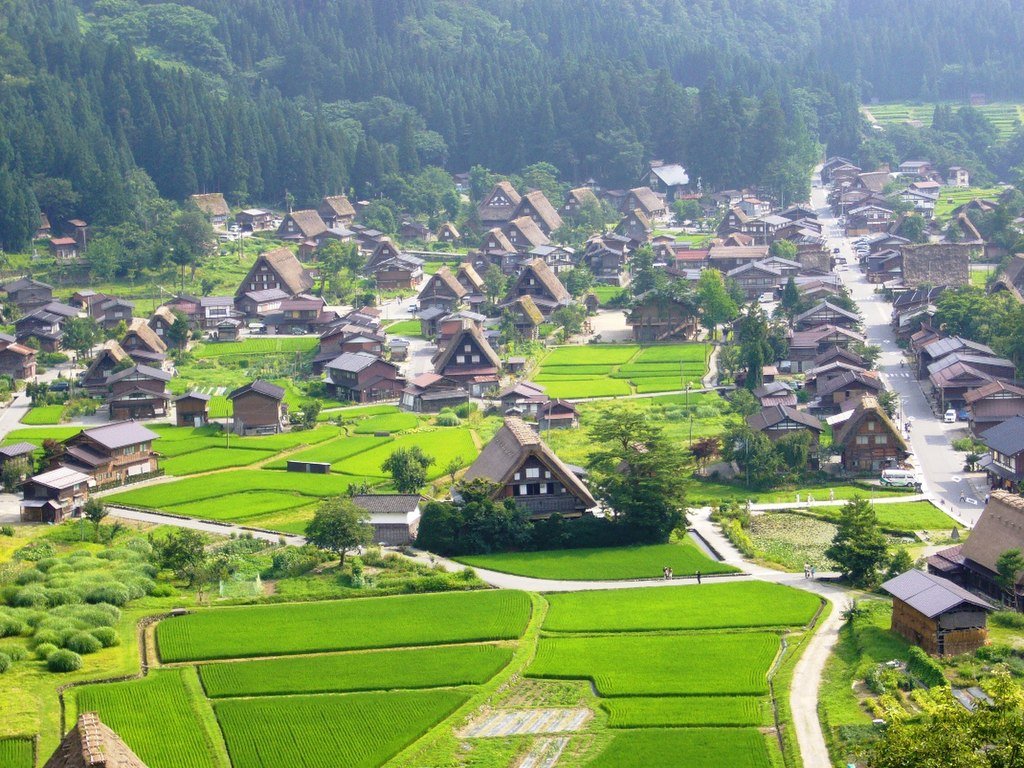
Tucked away in the mountains of central Japan, the villages of Shirakawa-go and Gokayama are celebrated for their traditional gassho-zukuri farmhouses. With their steeply pitched thatched roofs designed to withstand heavy snowfall, these houses showcase the ingenuity of rural Japanese architecture. The serene ambiance and picturesque landscapes make these villages a window into Japan’s agrarian past.
Vatnajökull National Park, Iceland

Covering roughly 14% of Iceland’s territory, Vatnajökull National Park is a land of stark contrasts, characterized by vast glaciers, hot springs, and volcanic activity. The park’s unique geological features invite visitors to witness the raw power of nature, from mesmerizing ice caves to thundering waterfalls. It’s a dream destination for adventurers and those looking to explore unspoiled natural beauty.
Antequera Dolmens Site, Spain
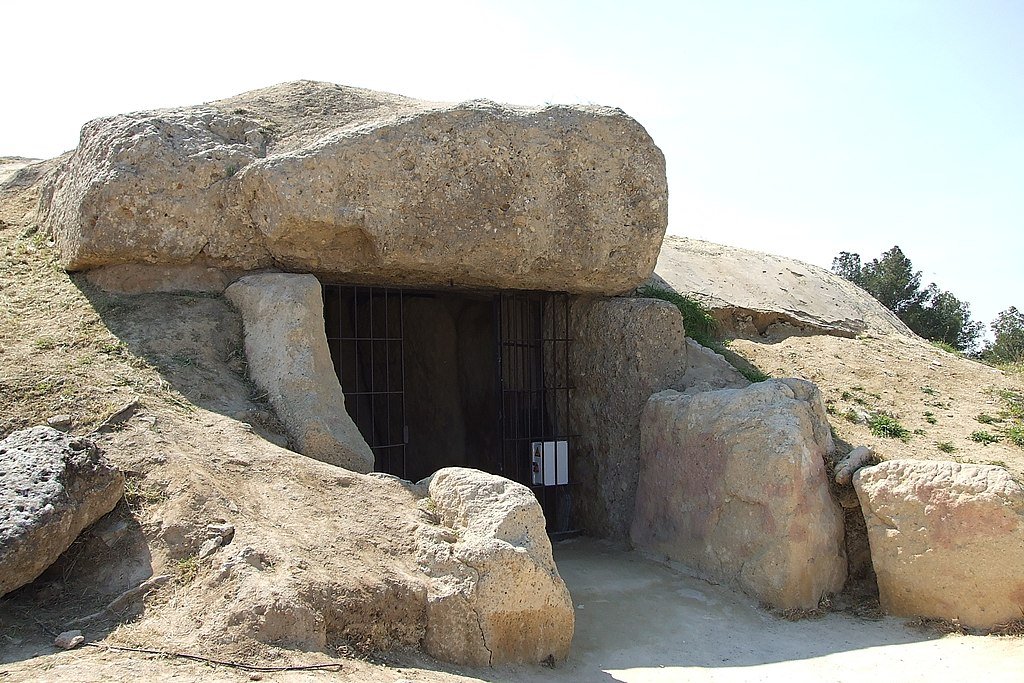
The Antequera Dolmens Site in Spain features three megalithic monuments dating back to the Neolithic and Bronze Ages. These architectural marvels are among the largest and most complete in Europe, offering insights into ancient burial practices and solar alignments. They stand as a testament to early Iberian ingenuity and hold a spiritual significance over the millennia.
Lednice-Valtice Cultural Landscape, Czech Republic
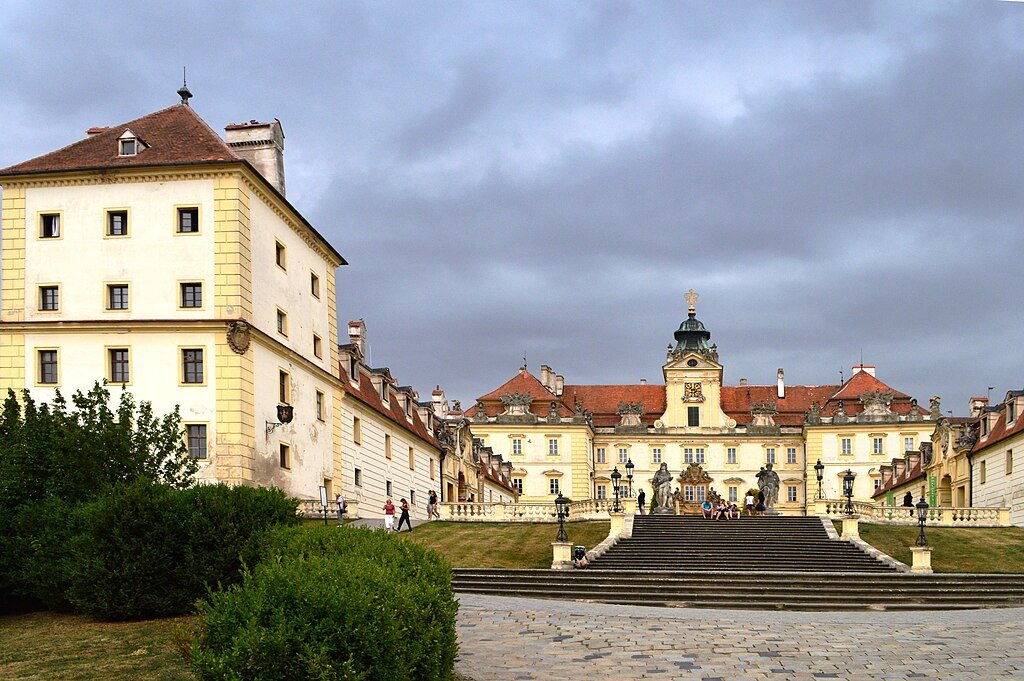
Known as the “Garden of Europe,” the Lednice-Valtice area in the South Moravian Region of the Czech Republic showcases an exquisite example of artistic landscape design. Spanning over 200 square kilometers, this cultural landscape features an array of historic castles, manicured gardens, and grand architecture set amidst natural forests and fishponds. It’s a perfect fusion of nature, culture, and history.
These ten remarkable UNESCO World Heritage Sites offer a wealth of knowledge and inspiration, capturing the rich tapestry of human history and the Earth’s natural wonders. By venturing off the beaten path, intrepid travelers can discover some of the globe’s most precious, yet underappreciated, treasures. Whether drawn by culture, history, or the great outdoors, these sites offer unforgettable experiences that transcend time and place.




